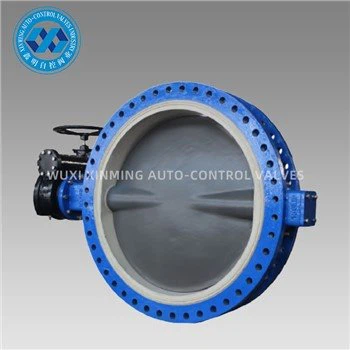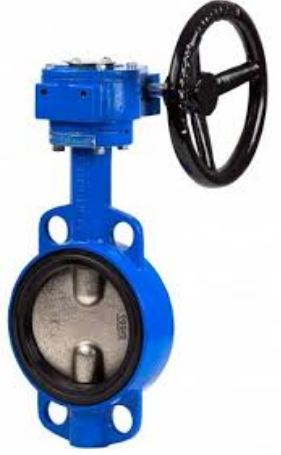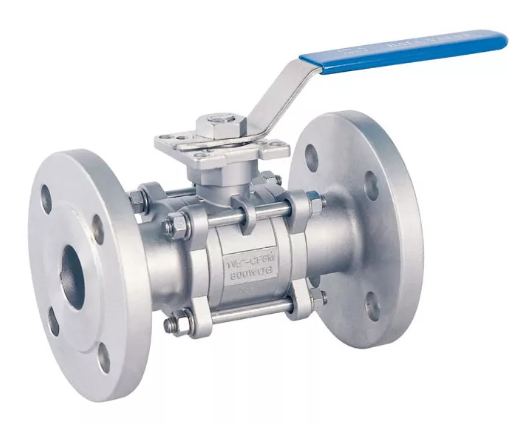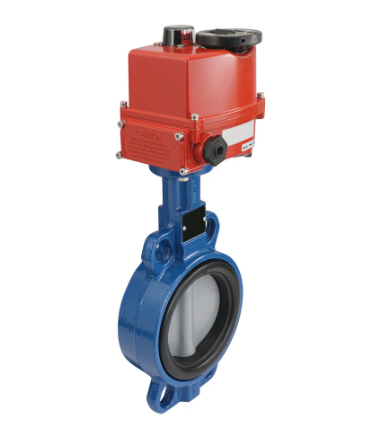Introduction
A pneumatic actuator control panel is a centralized system designed to regulate, monitor, and manage pneumatic actuators in industrial processes. These panels integrate air supply lines, valves, gauges, regulators, and electronic controls to ensure precise actuation, safety, and reliability. They are widely used in oil & gas, chemical processing, power plants, water treatment, and manufacturing industries.
1. What Is a Pneumatic Actuator Control Panel?
A pneumatic actuator control panel is an engineered enclosure that houses all the essential components required to operate and supervise pneumatic actuators. It allows operators to:
-
Control actuator opening and closing sequences
-
Adjust pressure and flow for optimized torque
-
Monitor system performance through gauges and sensors
-
Integrate automation via PLCs and SCADA systems
2. Key Components of a Pneumatic Actuator Control Panel
-
Air Filter Regulator (FRL Unit) – Ensures clean, dry, and regulated compressed air supply
-
Pressure Gauges – Display real-time air pressure
-
Solenoid Valves – Provide directional control of air flow to actuators
-
Manual Override Switches – Allow manual operation during power or system failure
-
Tubing & Fittings – Connect the pneumatic network securely
-
PLC / Control Unit – Enables automation and remote monitoring
-
Safety Relief Valves – Protect system from overpressure
3. Benefits of Pneumatic Actuator Control Panels
-
Reliable Operation – Provides stable and precise actuator control
-
Enhanced Safety – Prevents overpressure and system failures
-
Easy Integration – Compatible with SCADA and industrial automation networks
-
Energy Efficiency – Optimizes compressed air usage
-
Flexibility – Can be designed for single actuator or multi-actuator setups
-
Reduced Downtime – Quick troubleshooting via monitoring features
4. Applications Across Industries
-
Oil & Gas Pipelines – Remote valve actuation and emergency shutdown
-
Water & Wastewater Treatment – Automated valve operation in pumping stations
-
Power Generation – Turbine fuel and cooling systems management
-
Pharmaceutical & Food Processing – Ensures hygienic and precise flow control
-
Chemical Processing Plants – Safe handling of corrosive and hazardous fluids
5. Selecting the Right Pneumatic Actuator Control Panel
When choosing a pneumatic actuator control panel, consider:
-
Operating Environment – Explosion-proof and weather-resistant enclosures for hazardous areas
-
System Compatibility – Match actuator type (rotary or linear)
-
Control Requirements – Manual, semi-automatic, or fully automated operation
-
Monitoring Features – Real-time pressure, flow, and status indicators
-
Customization – Panels can be tailor-made for specific industrial needs
6. Future Trends in Pneumatic Actuator Control Panels
With Industry 4.0 and IIoT integration, modern pneumatic actuator control panels are evolving towards:
-
Remote Monitoring & Control via cloud platforms
-
Predictive Maintenance using smart sensors
-
Energy Optimization with AI-based air consumption analysis
-
Modular Panel Design for scalability in complex plants
Conclusion
A pneumatic actuator control panel is a critical component in modern industrial automation, ensuring safe, reliable, and efficient actuator operation. From oil & gas to water treatment and power generation, these panels provide the backbone for precise process control. With advancements in smart technology, pneumatic actuator control panels are becoming more intelligent, connected, and energy-efficient, making them an essential investment for future-ready industries.
If you want to learn more about low-priced products, please visit the following website: www.xm-valveactuator.com
















